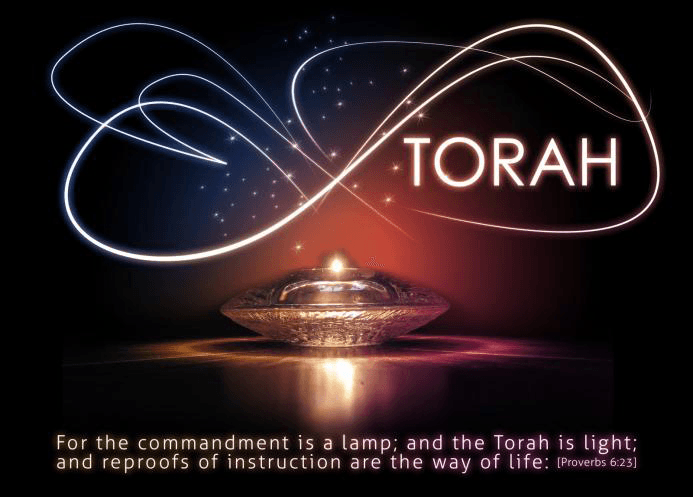TaNaCH
The Old Testament is known as the TaNaCh in Hebrew. TaNaCh is a Hebrew acronym for Torah (Ta), Nevi‘im (Na), and Chetuvim (Ch).
- The Five Books written by Moses is known as the Torah in the TaNaCh.
- Nevi’im is the Hebrew for Prophets, and they are the collected Books of the Prophets or the Prophetic Books.
- Chetuvim (Hebrew for the Writings) are the remaining Books; the sayings and the historical Books.
In other words, the TaNaCh is the entire Old Covenant; what the Hebrews call the Hebrew Bible. The purpose of the TaNaCh is as different as its parts:
-
The Torah (meaning teachings/instructions), is YHWH‘s plan on how to live life in book form, in order for YHWH to bless us. The Torah is the Believer‘s Life Manual.
-
The Nevi‘im represents the blood, sweat, and tears of the Prophets‘ leadership over a period of 920 years, beginning with Samuel and ending with Ezra. Though the last Prophet died long ago, their prophecies still apply today. While many of their prophecies were immediately applicable, many are about Messiah Yeshua.
-
The Chetuvim are the collected writings of Moshe (Book of Job), King David (Psalms) and Solomon (Proverbs, the Song of Songs, Ecclesiastes), the Prophets Samuel (the Scroll of Ruth), Jeremiah (the Scroll of Lamentations); and Daniel (the Book of Daniel) as well as the Men of the Great Assembly (the Scroll of Esther).
Torah
When the Hebrew Bible, the Tanakh or the Old Testament, was translated by the 70 scholars into Greek, Torah was translated into the Greek word “nomos”, meaning norm, standard, doctrine, and later “law”, in the English translation
It includes the first 5 books of the OT (Genesis, Exodus, Leviticus, Numbers, Deuteronomy)
In most cases when you read the “law” in scripture, it refers to the Torah. Sometimes, however, it refers to the man-made rules and regulations of the Pharisees, aka Takkanot.
“Law” is a bad translation of the Torah. It is God‘s instructions or commands for us to live a righteous life (so that we can be holy, which means to be set apart). There are 613 of these instructions, 365 are negative (meaning “don’t do it”), and 248 are positive (do it).
These 613 laws are not applicable to everyone. Some are applicable to men only, some to women, some to priests, to kings, etc. A good number is applicable to everyone, especially the moral ones. Because the temple has been destroyed in AD 70, a good number of the ceremonial ones are not applicable now but will be at the Millennial Kingdom when the temple is rebuilt as described in Ezekiel 40-48.
Mitzvah
Each of the 613 laws is called “Mitzvah” (singular) or “Mitzvot” (plural) and are categorized into 3 categories:
-
logical mishpatim (“laws” or “judgements”)
-
supra-rational chukkim (“decrees”).
-
edot (“testimonials”)
- The mishpatim are mitzvot such as the commandment to give charity or the prohibitions against theft and murder, whose reason and utility are obvious to us, and which we would arguably have instituted on our own if God had not commanded them.
- The chukkim are those mitzvot, such as the dietary laws or the laws of family purity, which we accept as divine decrees, despite their incomprehensibility and — in the most extreme of chukkim — their irrationality.
- The edot (“testimonials”), occupies the middle ground between the decrees and the laws. A testimonial is a mitzvah which commemorates or represents something — e.g., the commandments to rest on Shabbat, or eat matzah on Passover. These are laws which we would not have devised on our own, certainly not in the exact manner in which the Torah commands; nevertheless, they are rational acts. Once their significance is explained to us, we can appreciate their import and utility.
